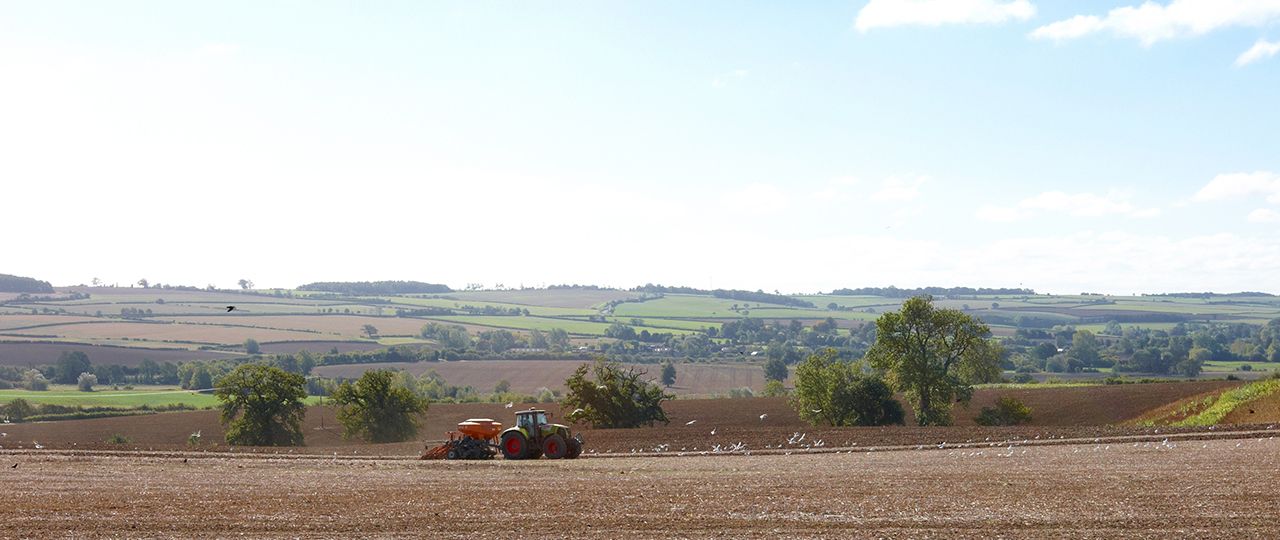Barley Yellow Dwarf Virus (BYDV) – how to manage the threat
Without neonicotinoid seed treatments, the weather will play a crucial role in determining whether Barley Yellow Dwarf Virus (BYDV) is a problem this year.
As winter cereal drilling gets underway, it’s worth reminding growers that this is the first year for some time that the Deter seed treatments aren’t available.
In the absence of alternatives, newly sown wheat, barley and oat crops will be vulnerable to virus-transmitting aphids from the moment they emerge.
For farmers, this means understanding more about the BYDV threat, the spread of the virus by aphids and its effect on crops, so that cultural control methods can be used with appropriate insecticide use.
Both the grain aphid and the bird cherry oat aphid are vectors for BYDV and, in the right conditions, can transmit the infection in just a few hours. Without an expensive laboratory test, there’s no way of determining whether they are carrying the virus or not when they arrive.
Back in the Deter days, the 6-8 weeks protection provided by the neonicotinoid seed treatments coincided with a busy time of year. Not only did it help with workload planning, it also minimised the need for any pyrethroid applications when resistance concerns were mounting.
As pyrethroids are now the only method of chemical control, it’s important to note that there is already resistance confirmed in the grain aphid. Increased use of autumn insecticides is unlikely to help the situation – something which farmers and agronomists are only too well aware of.
BYDV can cause serious yield losses, especially in barley. Early sown crops are at the greatest risk, as they have the longest period of exposure to flying aphids.
Warm autumns – a feature of the last few years – mean that aphids continue to be active until late in the season. Research suggests that flying stops when temperatures drop below 11°C, but aphid activity only ceases below 3°C.
These aphids arrive on the wing from nearby grasses and will feed and infect the plant if they are carrying the virus. The main damage, however, is done by their progeny, which spread and feed, transmitting the virus more widely.
It’s this second generation that should be targeted in any BYDV management strategy. To help with this, there are a number of free apps and tools which estimate when the second aphid generation is likely to be present.
Based on a proven T-Sum model, they work by calculating the number of day degrees required for secondary spread to occur and are triggered when the aphids arrive. Once the threshold of 170 day degrees is reached, there could be a need to spray.
For farmers, one of the obvious answers is to delay drilling. For many, that’s already a feature of their strategy, as they bid to reduce blackgrass pressure. With winter wheat, it’s been working well. But the same can’t be done with winter barley.
Destroying the green bridge is also key. Volunteers can act as a source of inoculum as well as giving aphids a refuge, allowing them to migrate onto newly emerged cereals.
Minimal cultivations may also have an advantage. Aphid colonisation is lower on fields with minimum or zero tillage, possibly due to residue – crops are less obvious to aphids and conditions are more favourable for natural predators.
In a plant breeding breakthrough, the first tolerant six-row winter barley varieties are available for the first time this year, with a tolerant winter wheat variety also on its way. Their use in high pressure areas is something to consider.
Where insecticides are deemed necessary, they must be used in accordance with LERAP restrictions and only where target aphids have been found. This means greater vigilance, with regular field walking and careful monitoring.






